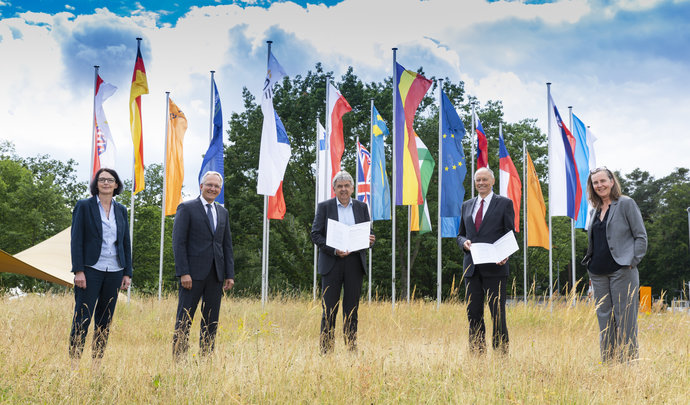
GSI Helmholtzzentrum für Schwerionenforschung and Facility for Antiproton and Ion Research in Europe GmbH (FAIR GmbH) have signed the "Diversity Charter". Thereby, GSI/FAIR is committed to an organizational culture of diversity that is free of prejudice.
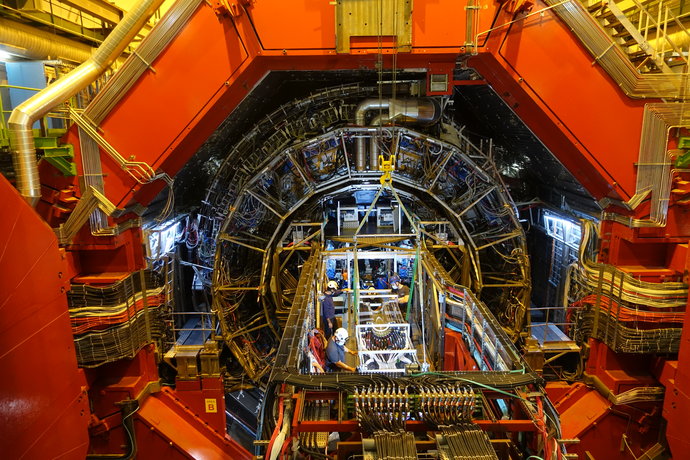
New measurements by the ALICE collaboration show that the way charm quarks form hadrons in proton-proton collisions differs significantly from expectations based on electron collider measurements. The ALICE research department at GSI was substantially involved in the measurement and evaluation of the results.
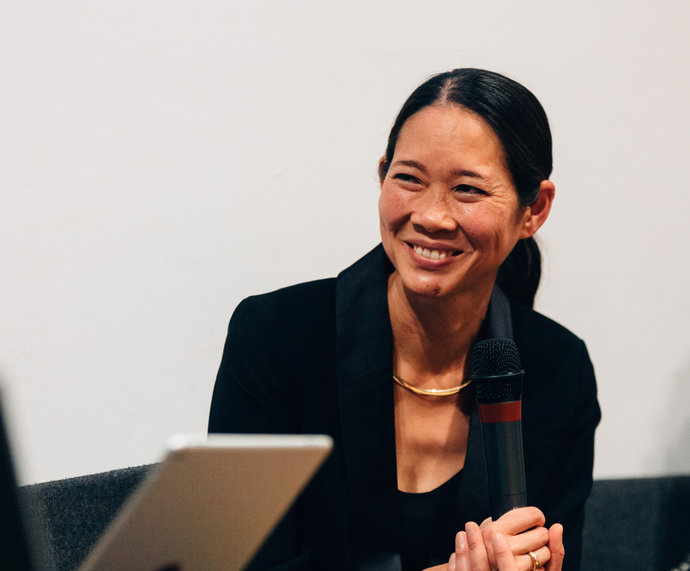
In the joint cooperation between the European Space Agency ESA and the international accelerator center FAIR (Facility for Antiproton and Ion Research GmbH), which is currently being built at the GSI Helmholtzzentrum für Schwerionenforschung in Darmstadt, there is a new ESA coordinator responsible for implementing the ESA-FAIR cooperation. Jennifer Ngo-Anh, who holds doctorates in medicine and neuroscience, succeeds astronaut Thomas Reiter, who recently retired. On FAIR side, Dr. Corinna Kausch…
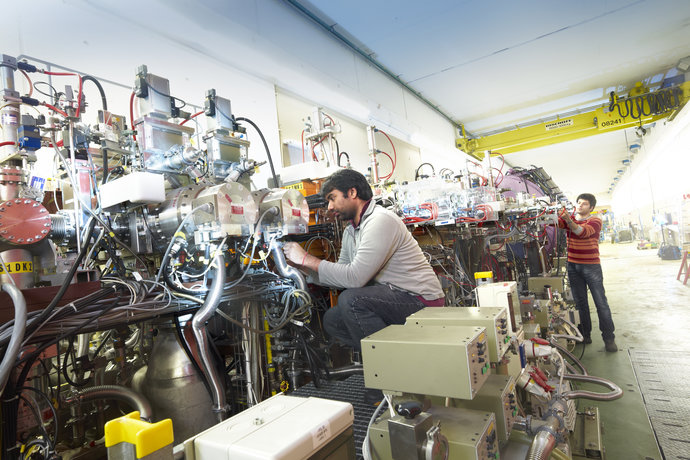
GSI scientist Dr. Rahul Singh was awarded a Research Fellowship “Visiting Advanced Joint Research (VAJRA) Faculty Scheme”. In this context, he received an invitation to spend several months of research in India within a year funded by the Indian government. At the Inter-University Accelerator Center (IUAC) in New Delhi, he will research on the field of longitudinal beam optics and diagnostics for High Current Injector (HCI) development together with collaborators from IUAC.
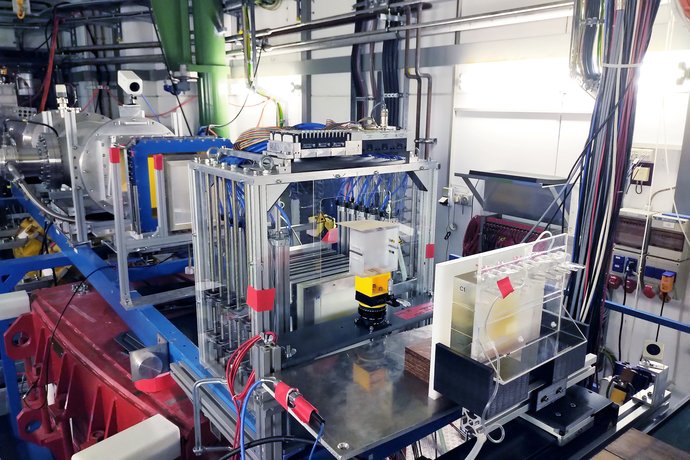
It could become a breakthrough for future tumor treatments with heavy ions and pave new ways: In the current experiment period FAIR-Phase 0, the GSI Helmholtzzentrum für Schwerionenforschung and the future accelerator center FAIR succeeded in performing a carbon ion FLASH experiment for the first time. The scientists involved were able to achieve the very high dose rates required and to irradiate tumors. The success was a collective effort of the GSI Biophysics Department and the accelerator…

It is a central part of the future accelerator center FAIR, currently being built in international collaboration at the GSI Helmholtzzentrum in Darmstadt, and at the same time the heart of one of the largest construction projects for research worldwide: the large underground FAIR ring accelerator SIS100 on the northern FAIR construction site with a circumference of 1,100 meters. On the same place where the groundbreaking ceremony was held a few years ago, representing the start of the building…
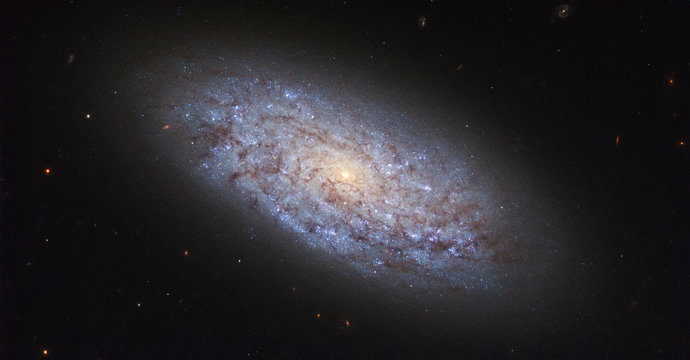
A physics research team led by the TU Darmstadt has discovered the highest ever observed europium content in stars. The results of the EUROPIUM group led by Professor Almudena Arcones from the GSI Helmholtzzentrum für Schwerionenforschung and TU Darmstadt, who was awarded a grant by the European Research Council, has now been published in "The Astrophysical Journal". Co-authors are Dr. Moritz Reichert (member of EUROPIUM) and Dr. Camilla Hansen from the Max Planck Institute for Astronomy,…
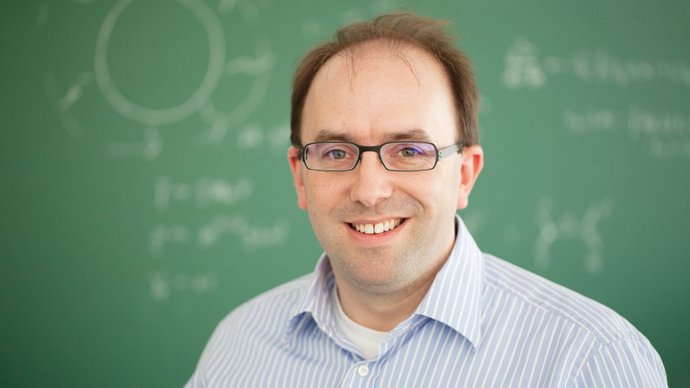
Achim Schwenk, Professor of Physics at the Technical University (TU) Darmstadt and Max Planck Fellow at the Max Planck Institute for Nuclear Physics in Heidelberg, has been awarded a prestigious Advanced Grant by the European Research Council (ERC). His research project "Exploring the Universe through Strong Interactions" (EUSTRONG) will be funded with around 2.3 million euros over a period of five years. This is already the second ERC grant for Professor Schwenk.

It can lift loads up to 32 tons, measures more than 67 meters in height and offers a cantilever of up to 80 meters in length: The central tower crane for the south construction area recently assembled on the FAIR construction site is really huge. It serves one of the largest construction projects for research worldwide, the international accelerator center FAIR, which is currently under construction at the GSI Helmholtzzentrum für Schwerionenforschung in Darmstadt. Currently, further major…











